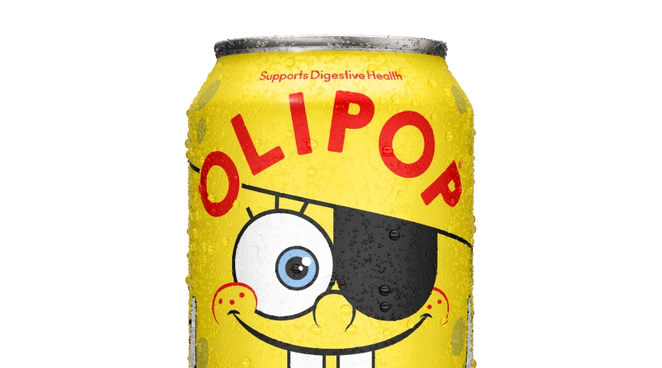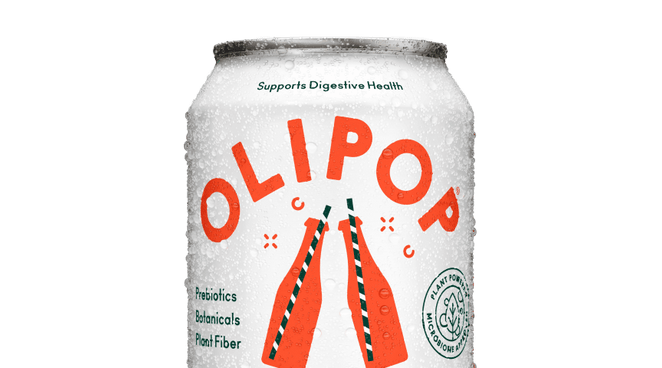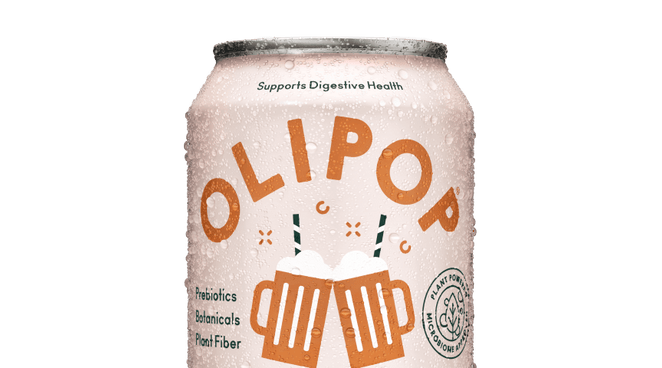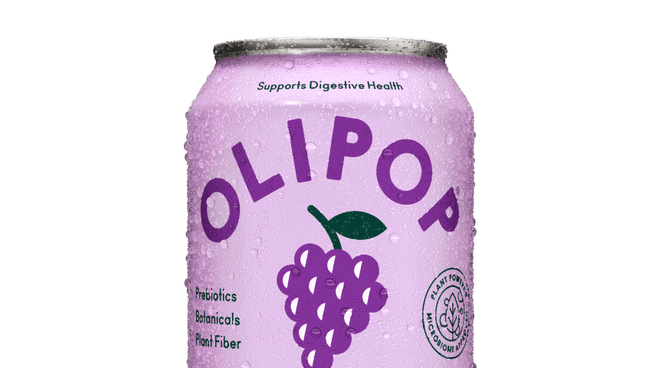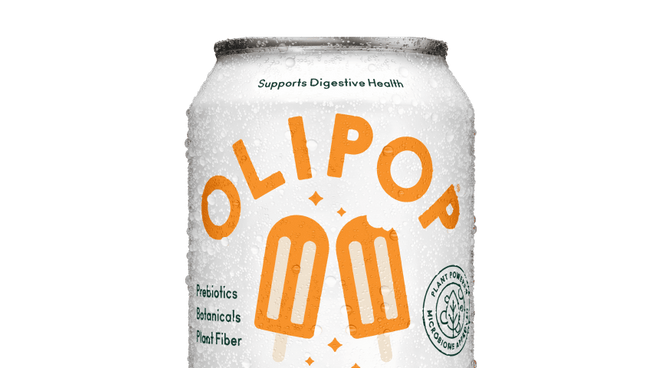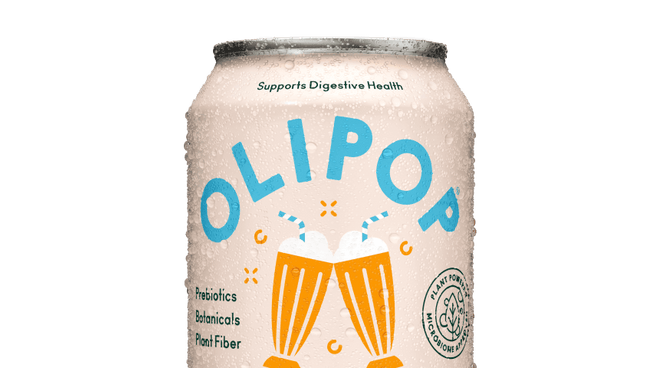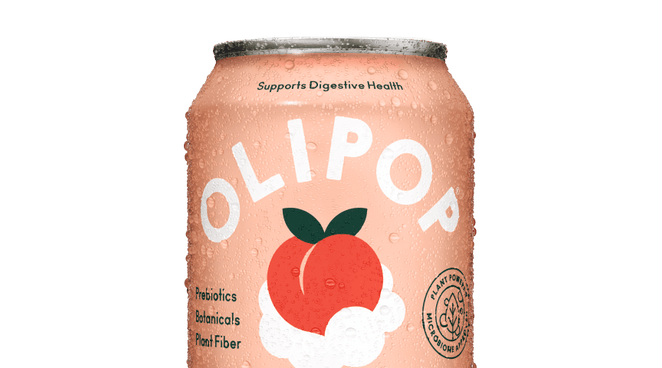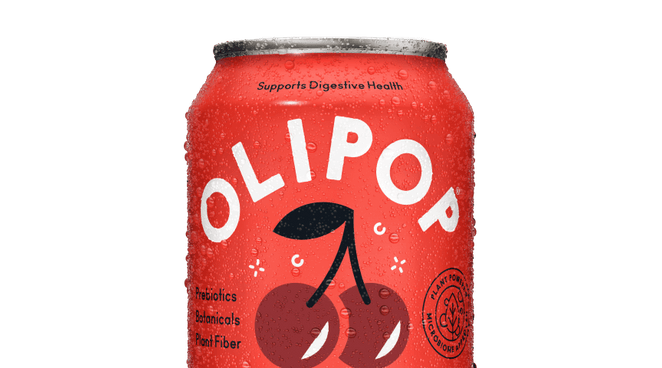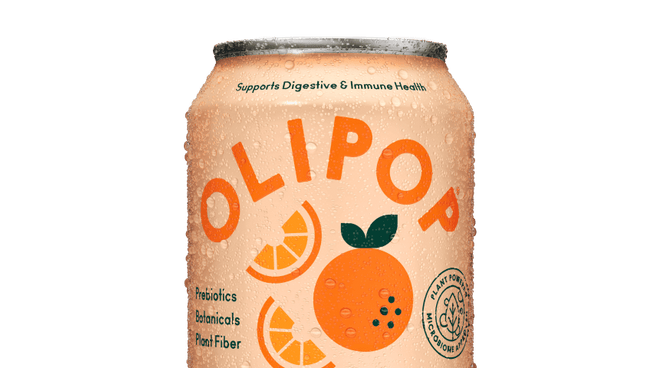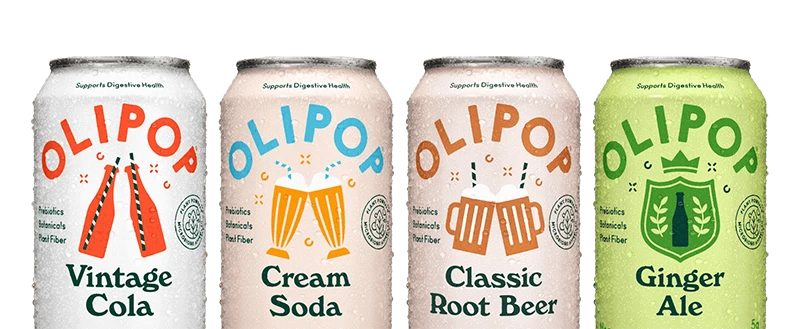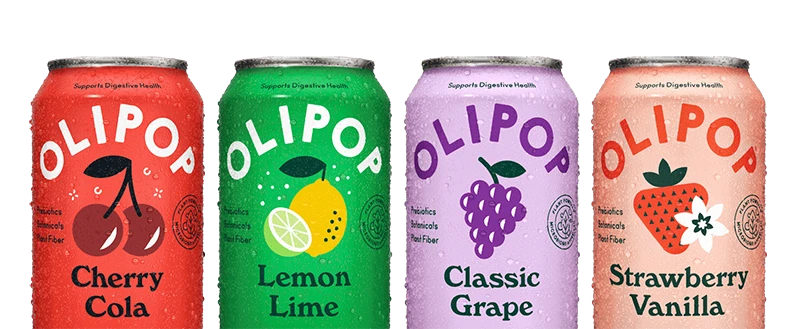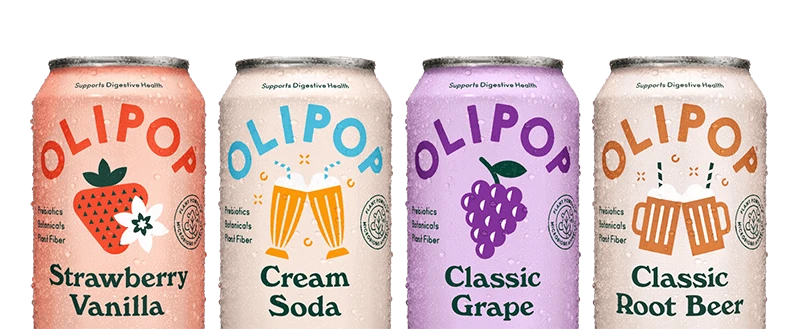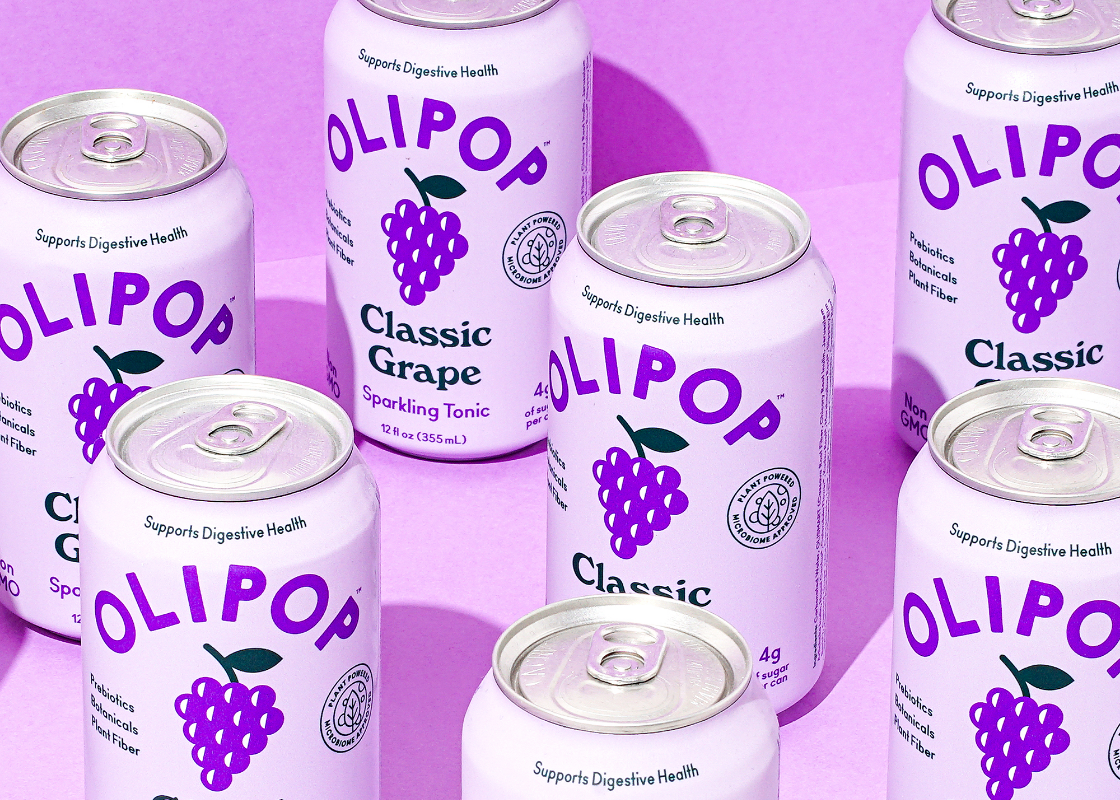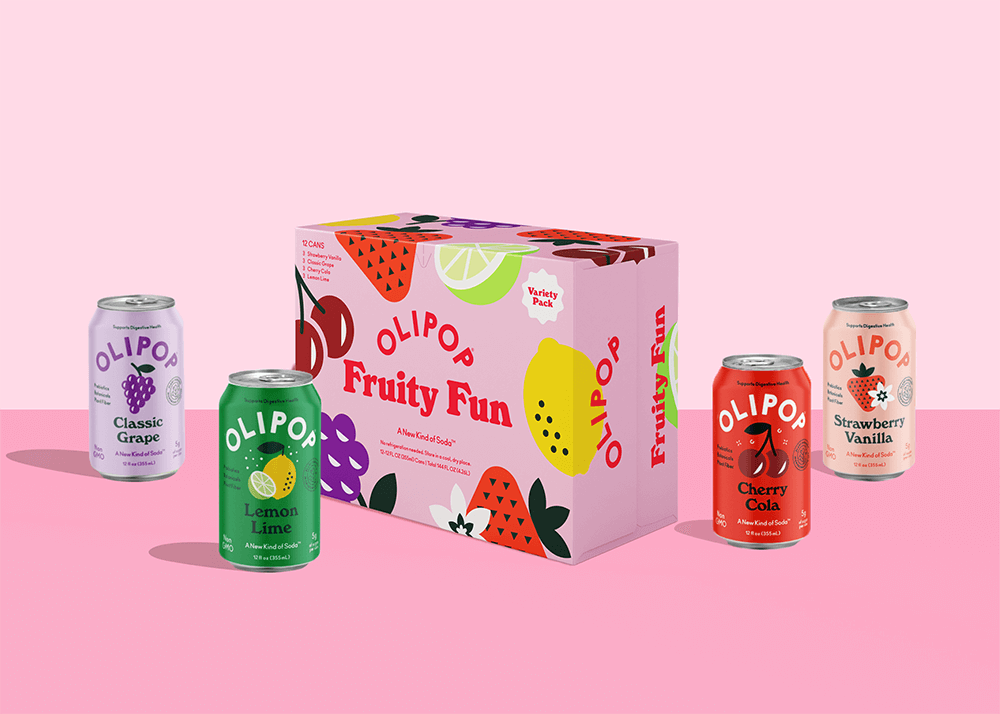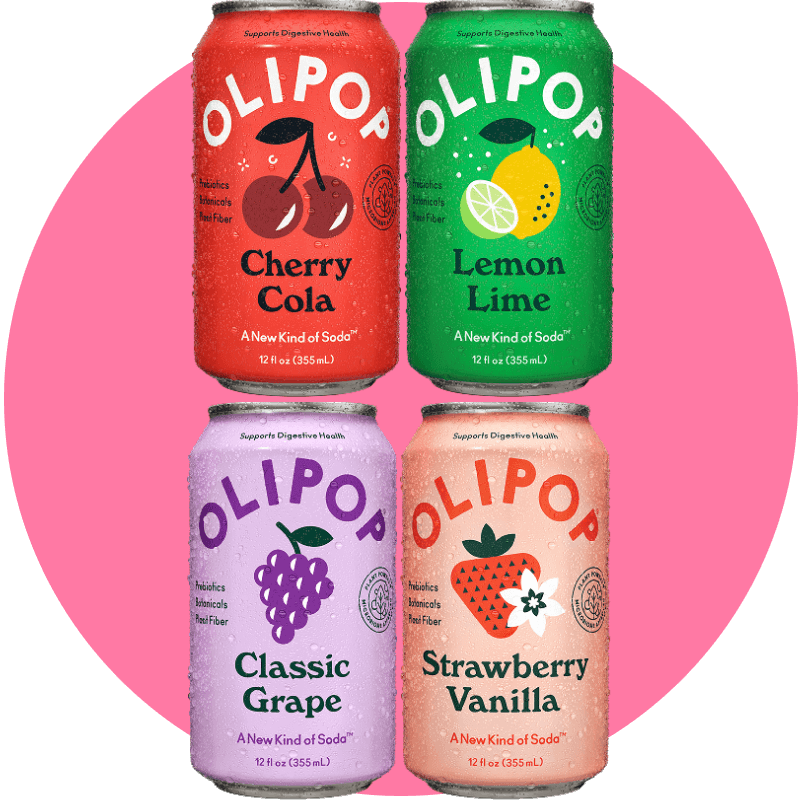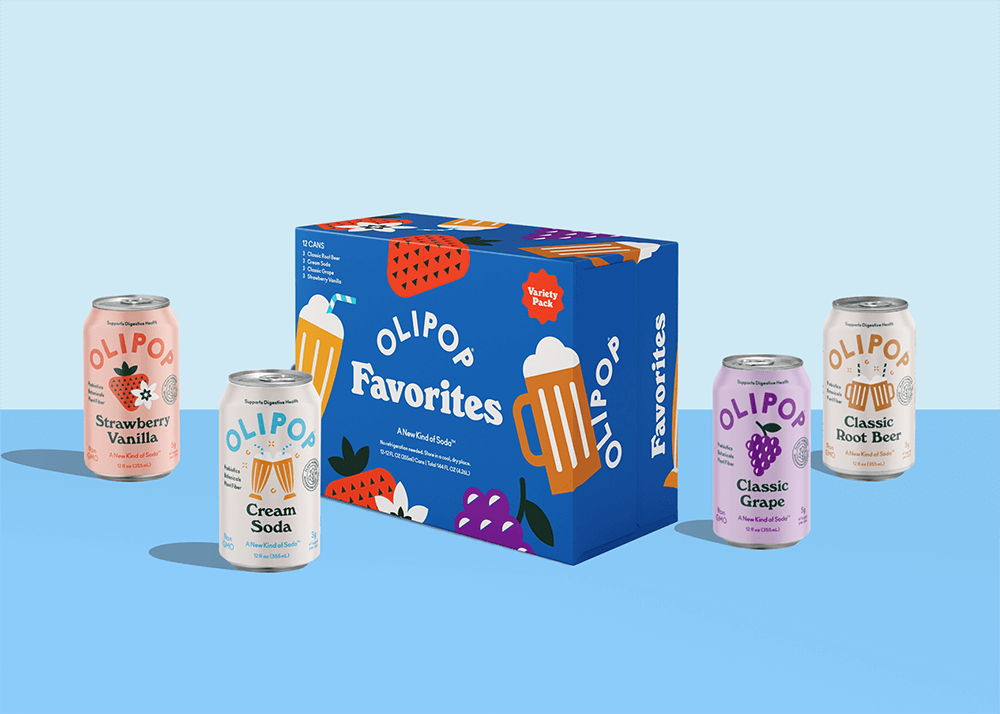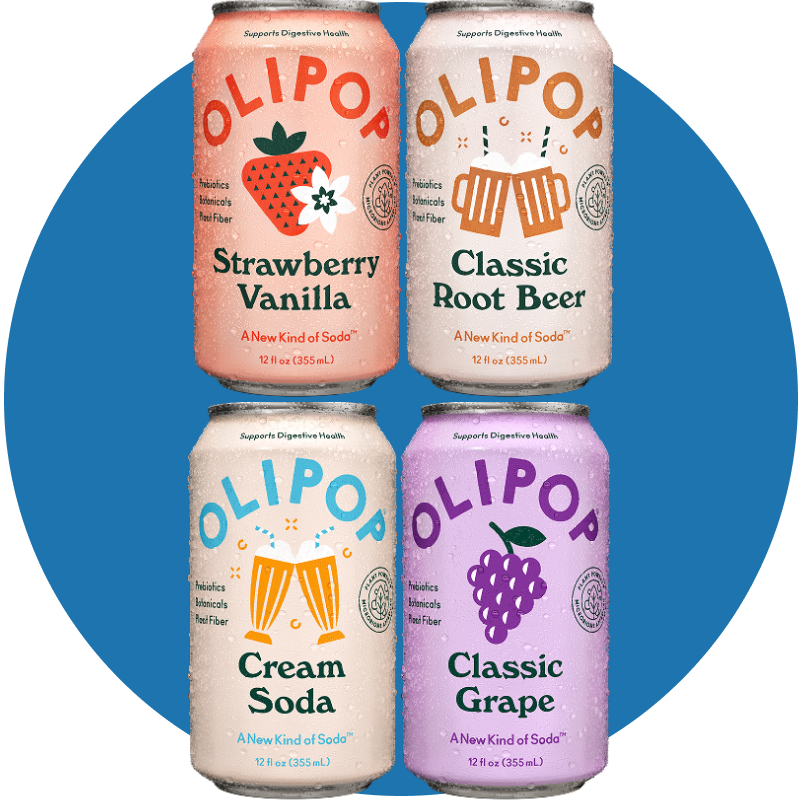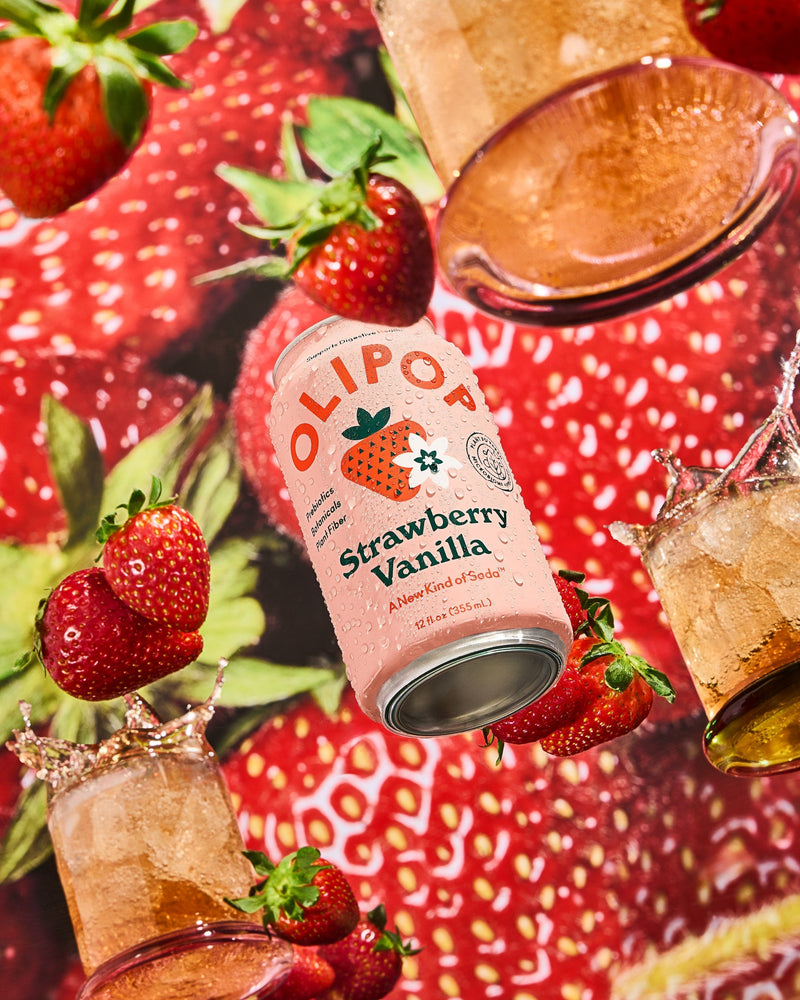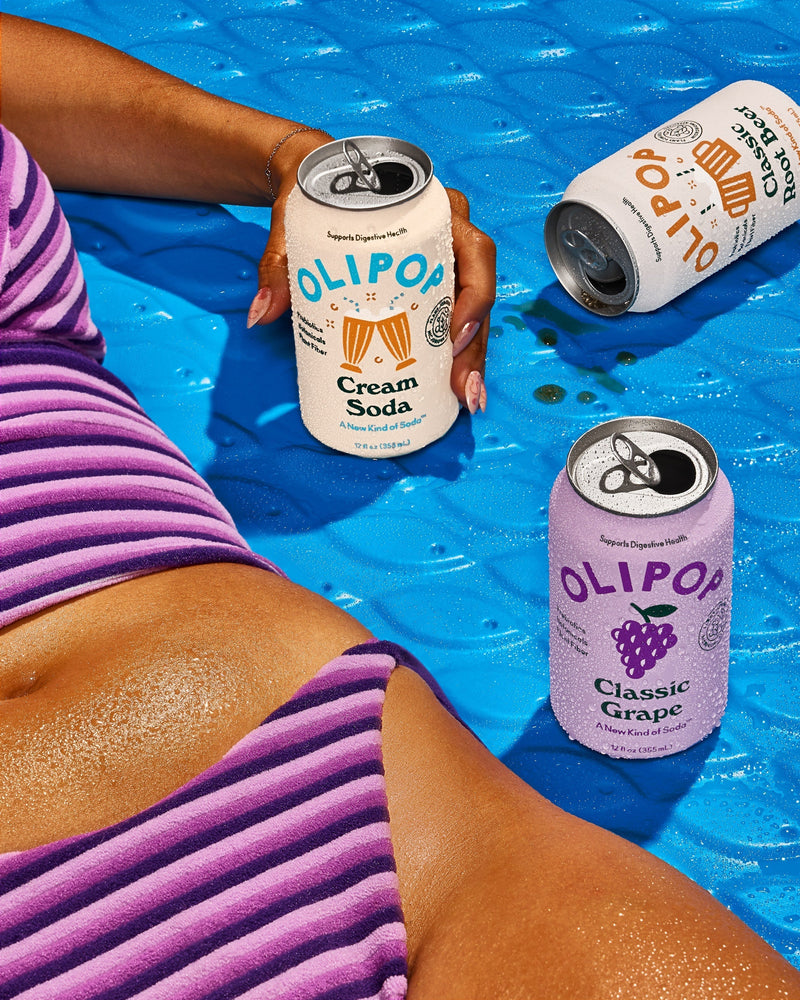Meet Classic Grape
We gave grapes an upgrade. Made from real concord grape juice with a hint of lime to create the perfect blend of sweet and tart, our Classic Grape is the nostalgic soda flavor you know and love—all grown up.
Classic Grape Inspiration Story
There’s something extra special about Classic Grape… this flavor came to fruition thanks to overwhelming requests from OLIPOP nation. So when developing the recipe, we knew that it had to stack up to the nostalgic flavor you were all longing for. But, of course, we still gave it our OLIPOP touch.
In addition to the usual OLIPOP benefit of adding 6-9 grams of gut health-supporting fiber to each can, there was one thing we wanted to be extra mindful of with this flavor. Since Grape Soda is traditionally one of the most unhealthy sodas you can drink, it was important to us that we delivered a recipe as delicious as it was good for you. This is why our Classic Grape contains 4 grams of sugar and just 45 calories.

Grape Soda Nutrition
If you're wondering, 40+ grams of sugar in a traditional can of soda is a lot of sugar to consume in one drink. In fact, the CDC advises that adults keep added sugars to no more than 10% of total daily calories. For a 2,000-calorie diet, that’s 50 grams of added sugar per day. That means drinking a single 12-ounce can of traditional grape soda satisfies 88% of the recommended daily sugar limit. And remember, that 50-gram number is just a limit—not a recommendation.
At the same time, the American Heart Association recommends a maximum of just 25.1 grams of added sugar a day for women and 37.7 grams for men. In just one can, many grape sodas provide more added sugar than what the CDC and AMA advise you should consume in a day.
So… we decided to change the story a bit with our Classic Grape soda. High fiber? Check. 4g of sugar? Check. Classic Grape also contains our OLISMART blend of plant fibers and prebiotics (the primo food source for beneficial bacteria), each hand-picked for their biome-supporting benefits. Our OLISMART blend combines several different prebiotic fibers—such as chicory root, Jerusalem artichoke, and cassava fiber—that feed the gut microbiome. Welcome to a new kind of soda!
Where to Buy Classic Grape
When we created Classic Grape, we realized making a traditionally unhealthy and sugary drink healthier was not enough. That's why we partnered with inspiring co-ops in our backyard to highlight how when we bunch together like grapes, we strengthen and nourish the community.
Located in our Oakland hometown, we partnered with Mandela’s and The DEEP, two co-ops dedicated to nourishing and supporting neighborhoods with healthy food, wellness resources, and collective ownership, prioritizing the well-being of BIPOC. At the same time, the DEEP is a worker-owned grocery cooperative dedicated to restoring East Oakland’s community with fresh organic produce, community education, and cooperative economics, prioritizing the well-being of Black and Brown people.
Additionally, we donated 10% of sales of Classic Grape during our launch to these co-ops. As strong supporters of co-ops, we love that every time you support your local co-op, you make a difference in the future of food and our communities. To find a store near you selling Classic Grape, use this nifty tool that lets you search by location. And don't worry if we're not currently near you, you can also buy Classic Grape online right here.
Sources
- “Sugary Drinks,” The Nutrition Source, September 4, 2013, https://www.hsph.harvard.edu/nutritionsource/healthy-drinks/sugary-drinks/.
- Vani Hari, Feeding You Lies: How to Unravel the Food Industry’s Playbook and Reclaim Your Health (Hay House Inc, 2019).
- Harvard Health Publishing, “The Sweet Danger of Sugar,” Harvard Health, accessed May 8, 2021, https://www.health.harvard.edu/heart-health/the-sweet-danger-of-sugar.
- Malik VS, Hu FB. Sugar-Sweetened Beverages and Cardiometabolic health: An Update of the Evidence Nutrients 2019; 11(8): 1840.
- Farrigan, P. D., Michele Ver Ploeg, and Tracey. (n.d.). Characteristics and influential factors of food deserts.
- Grape Soda is traditionally one of the most unhealthy sodas you can drink, with many varieties offering 40+ grams of sugar.
- It was important to us that we delivered a recipe as delicious as it was good for you, which is why our Classic Grape contains 4 grams of sugar and just 45 calories.

